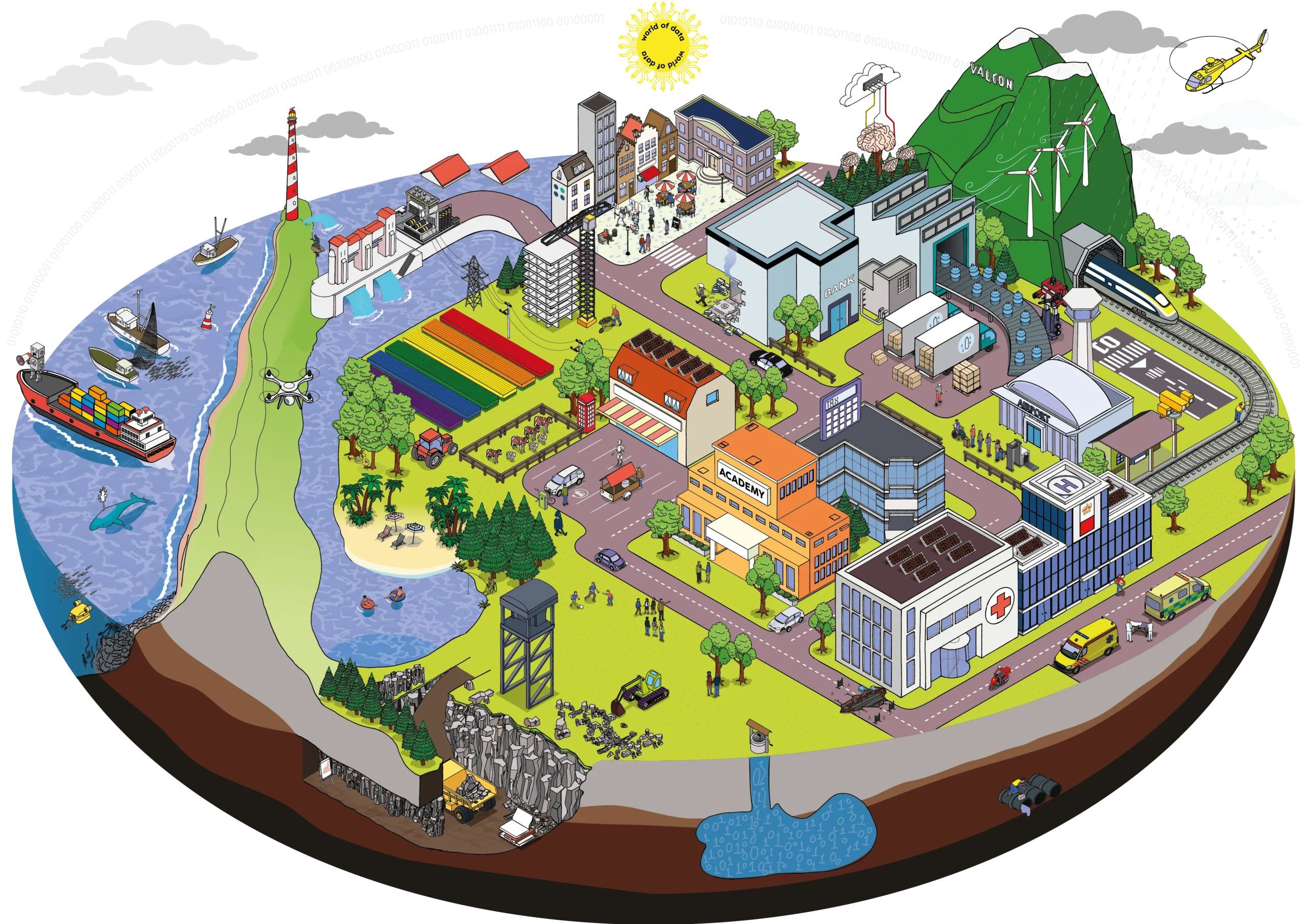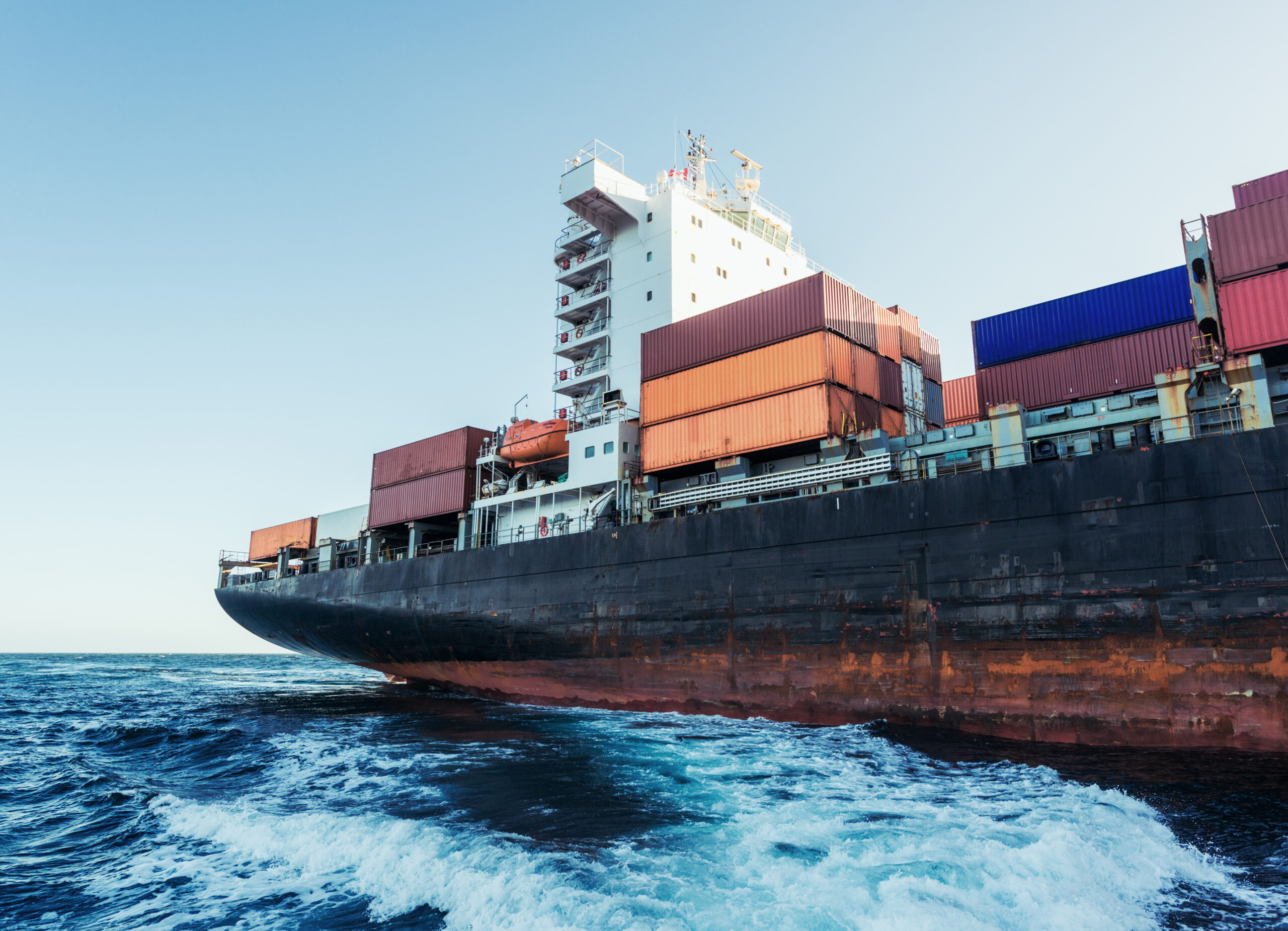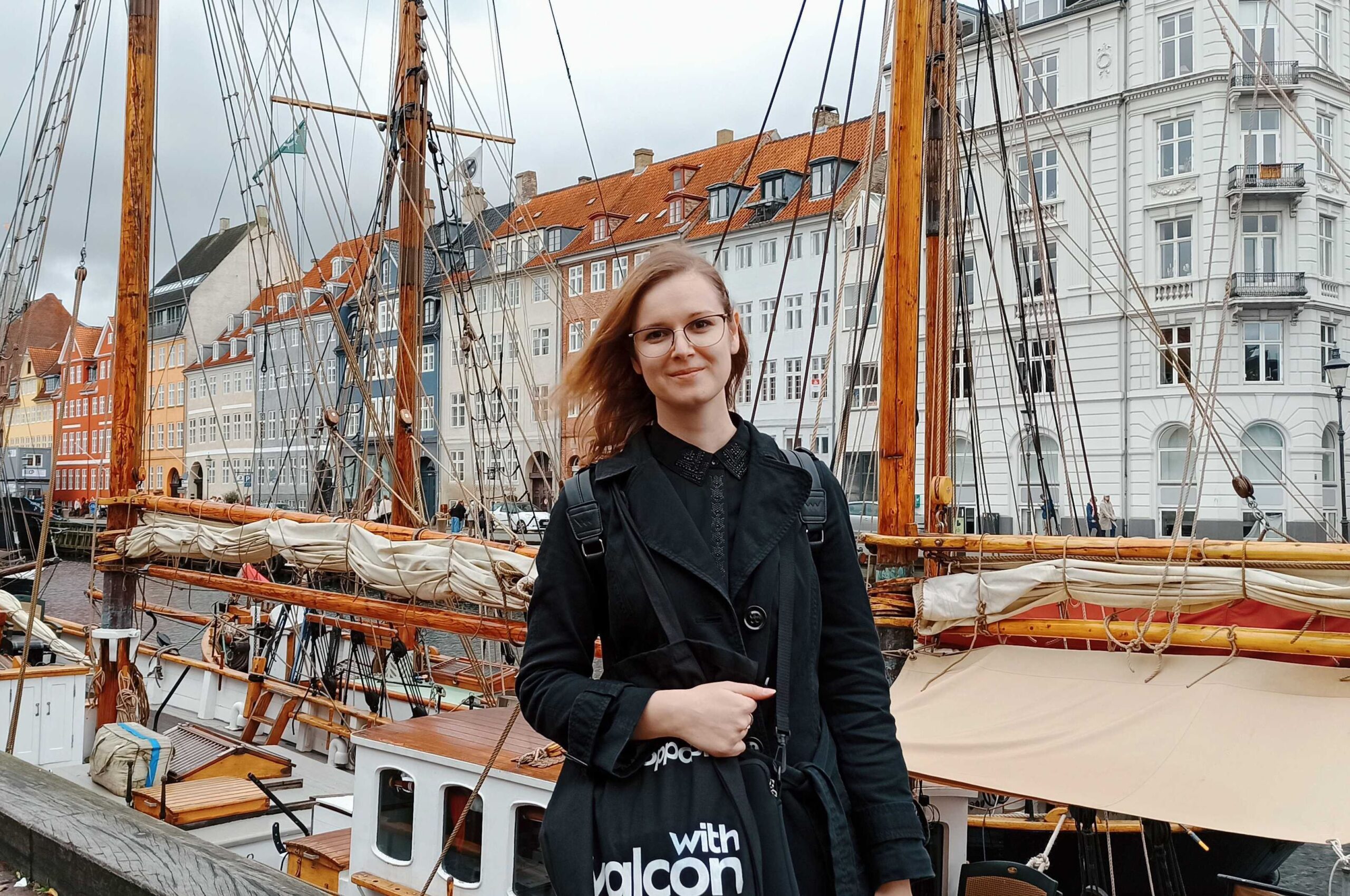When pressure grows within public service delivery, it quickly becomes clear how interdependent organisations truly are. A sudden increase in client inflow, limited throughput options, or capacity shortages can cause the entire system to stall. What starts as an operational issue often evolves into a collective challenge for the whole chain.
This was exactly what happened in one of the largest public delivery chains in the Netherlands. Despite the dedication of all organisations involved, oversight was sometimes lost, information was fragmented, processes were misaligned, and coordinated action proved difficult. The call for greater stability, governance and collaboration grew louder.
Valcon partnered with the chain organisations to redefine their collaboration, taking a decisive step towards a shared mission, supported by uniform data and strengthened governance. This approach now enables the chain to act more proactively, anticipate peaks more effectively and respond to change with greater agility. In this article, we share how this transformation took place and the key lessons learned along the way.
A public service chain in motion
Within public service delivery, multiple organisations work together to tackle societal challenges. Each has its own mandate and responsibilities, but the real strength lies in their connection. Only when information is shared, processes are aligned, and decision-making occurs in sync can the chain function effectively as a whole.
Especially under high pressure, this collaboration comes under strain. Conflicting priorities, limited capacity, and fragmented data make it difficult to act fast. The time had come to reposition the partnership around one shared purpose, collectively owned by all parties.
The intervention: from isolated links to one integrated chain
In 2022, Valcon and the participating organisations embarked on a joint journey with a clear ambition: to improve collaboration and strengthen governance across the chain. The focus extended beyond processes and systems; it focused on shared insights, communication, and decision-making.
Step 1: define a shared goal
The first step was to explicitly articulate the shared mission. What are we trying to achieve together, and what role does each organisation play? By clearly defining the scope and connecting it to the overarching societal purpose, direction and focus emerged.
A key breakthrough was the structural organisation of communication. Where meetings had previously been ad hoc and reactive, a fixed consultation rhythm was established at both operational and tactical levels. Information is now shared daily, bottlenecks are discussed, and joint decisions are made in real time.
Step 2: map processes and dependencies
To gain control over execution, the chain was approached using principles from logistics and supply chain management. Movements of people, resources, and information were visualised. Through data analysis and process mapping, dependencies and sources of delay were identified.
One major outcome was the development of an operational dashboard with daily reports and a forecasting model. This gave all partners access to the same up-to-date information on inflow, throughput, and capacity. It not only enabled faster responses but also fostered mutual understanding and trust.
Step 3: develop a shared KPI framework
With data transparency achieved, the next step was to establish joint performance management. Valcon supported the chain in developing a KPI framework that captured performance in a single, shared language. By using the same definitions and figures, decisions could now be better substantiated, and discussions about interpretation were avoided.
The framework also provides a clear structure for continuous improvement, from operational signalling to tactical adjustment and strategic decision-making. The result: not just control, but a learning chain that continuously strengthens itself.
Results: from ad hoc to in control
The effects of this collaboration are now tangible in daily operations. Where overlap or information gaps once existed, the chain now operates from a single, shared view. This has led to concrete results:
- Unified insight: All partners now work with the same, real-time data, reducing misunderstandings and accelerating decisions.
- Greater responsiveness: Daily reports and structured meetings enable faster, more targeted action.
- Improved predictability: With forecasting and shared information, the chain is better prepared for peaks in demand or capacity.
In addition, collaboration between organisations has become stronger. By jointly analysing and resolving bottlenecks, trust has deepened and the sense of shared accountability has grown.
What worked well
Several success factors made the difference:
- Start small, think big: By tackling concrete bottlenecks first, value was created quickly, and buy-in grew organically.
- One goal, one language: A focus on a shared mission and common data language provided direction and clarity.
- Connect people and systems: Technology and data are crucial, but collaboration and trust remain the real key to success.
Conclusion
The repositioning of this public service chain demonstrates that governance doesn’t just happen; it is the result of shared ambition, transparency, and continuous alignment. By uniting organisations around one collective purpose and steering based on facts rather than assumptions, stability, clarity, and agility emerge.
In a time when societal challenges are becoming ever more complex, collaboration across organisational boundaries is no longer optional; it is essential. This case shows that control and humanity can go hand in hand when we truly dare to approach the chain as one integrated whole.
Want to know more?
Curious about how to strengthen your chain? Reach out to our Valcon colleagues Bosse Zwerink at [email protected], Gerbrand Goede at [email protected] and Lizel Goedhart at [email protected].













